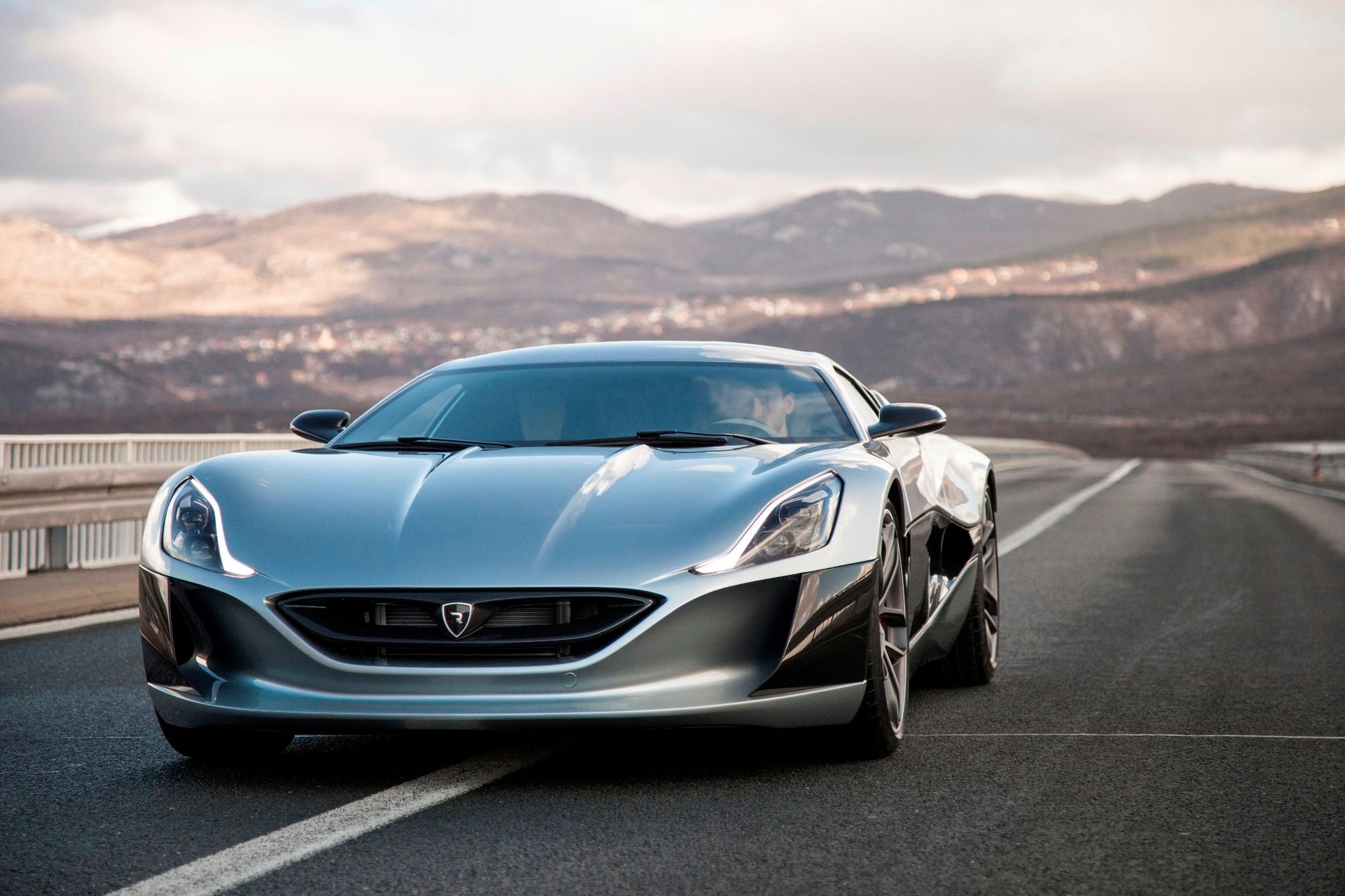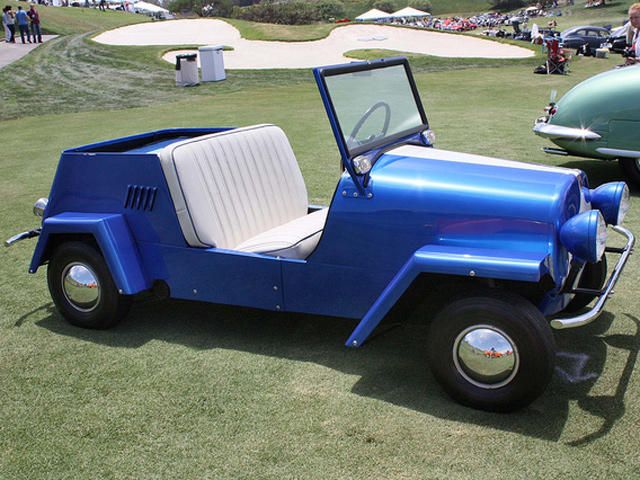
It might surprise you to learn that not many people wish to assemble their own cars after buying them. It might surprise you even more to learn that even those people who are willling to put their car together would still prefer that it wasn't a complete piece of crap when they finished assembling it. Introducing the King Midget, a kit car that was not only hilariously named and rediculously styled (if you can call it that) but was also almost unbelievably ill-suited to both the time and place it was made.
There weren't a whole lot of new car models available in 1946. WW2 had only just ended and the facilities of nearly every automaker in the world had been converted to manufacture military equipment. The conversion back would take time, and designingnew models wouldn't happen overnight either. But there was one company - Midget Motors of Athens, Ohio - which produced a vehicle so basic that it had no problem starting right up in 1946. The company was started by Claud Dry and Dale Orcutt, who had served together during the war as Civil Air Patrol pilots. The design of their first car used aircraft-building techniques to keep weight to a minimum.
However, it seems like this basically just amounted to not putting anything on the car that wasn't absolutely vital. Their first car, the King Midget Model 1, was available only as a kit, for the price of $270. It did not include an engine, nor did it really include a body. It instead included patterns for you to fabricate your own body, and would then accept any one-cylinder engine. Starting in 1951, you could order your King Midget fully assembled for just $500. This came with a one-cylinder Wisconsin engine that produced 6 horsepower. The model also had only one seat. Top speed was between 45 and 50 mph, depending on the weight of the driver.
For those who believed this to be entirely too extravagant, there were the Junior and Trainer models. These came with engines, but no body and not even any plans for a body. It was entirely up to the customer to "design" and then nail together whatever horrible shed would sit atop the chassis. The Junior made 2.5 horsepower and the Trainer 3 horsepower, and neither would stay in production through the end of the Fifties. The top end, if we're going to call it that, model appeared in 1957, the King Midget Model 3. This had a 9.2-horsepower one-cylinder engine and carried a price tag of $900.
The Model 3 boasted such incredible luxuries as two seats and...well, that's basically the entire list. There was no electric starter - you had to pull a rope instead like on a lawnmower. There was no speedometer, but writing the word "slow" on the dash with a magic marker would essentially achieve the same purpose. There was obviously no reverse gear, and expecting there to be one would have been the height of optimism. Foolish, foolish optimism. The King Midget would stay in production until 1969, but over its admittedly long life, just 5,000 units were made - a suitably small production run for a small car.
The time period during which it was made hadn't been exclusively good economic times. But they had certainly been good enough that Americans did not need to resort to driving vehicles like this. Unsurprisingly, the company went bankrupt just before safety regulations would have killed it off anyway. It was obviously temping to include the King Midget in the series on horrible small cars, and we probably would have if it had been the result of the energy crisis. But the King Midget was also just so completely the opposite of what was selling in big number during its lifetime that it earned a place here, as a car which nobody asked for.

